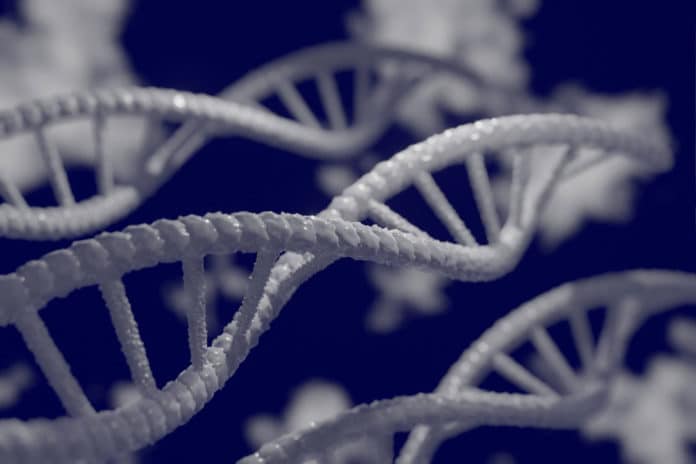Proteins are responsible for nearly every task of the body. Genes encode proteins, and proteins dictate cell function.
Before forming new proteins, an intermediate step is necessary, which includes a transcription of DNA: making an RNA copy of a DNA molecule. From this, several steps are required to create the mature mRNA. This is an essential process for the cell to build new proteins.
mRNA provides a blueprint for proteins. However, to create messenger RNA (mRNA), proteins need to interact in a complex manner.
An important sub-step in creating mature mRNA has only been vaguely understood until now.
A team from Martin Luther University Halle-Wittenberg (MLU) and the Max Planck Institute (MPI) of Biochemistry in Martinsried has discovered how an essential final step in producing mRNA precisely works.
Biochemist Professor Elmar Wahle from MLU said, “There is no room for error in this complicated process – even the smallest changes in the structure of a protein can impair its function and lead to the development of diseases. The mRNA determines the structure of a protein and how much of it is produced. Therefore, its structure must also be precisely controlled.”
The process involves cleaving the chains of the mRNA precursors at a specific point to create uniform products. Then, a long molecular chain, the so-called poly(A) tail, is attached to one end of the strand. This ensures that the mRNA is not directly degraded again in the cells, and it is also essential for protein synthesis.
Scientists, in this study, explored the final steps in the production of mRNA more closely. They did so by recreating the process in a test tube. The scientists had to pick the right proteins from a pool of 80 possible candidates. Those had to be mixed with the precursor RNA in a correct ratio before both reactions. The entire process was studied in detail using cryo-electron microscopy.
Wahle said, “We reproduced the conditions in a normal cell, although the natural process is probably even more complex. Sixteen proteins are involved in creating the final molecules.”
Felix Sandmeir from the MPI of Biochemistry said, “The process is universal, affecting every cell and every mRNA molecule in the body.”
Wahle said, “On a side note, the process used to produce the Pfizer/Biotech and Moderna vaccines is much simpler: The mRNA is created according to the same principle, but in contrast to the human cell, very simple enzymes are used, and the complicated conversion of a precursor into the mature mRNA can be avoided.”
Journal Reference:
- Schmidt M. et al. Reconstitution of 3′ end processing of mammalian pre-mRNA reveals a central role of RBBP6. Genes and Development (2022). DOI: 10.1101/gad.349217.121
